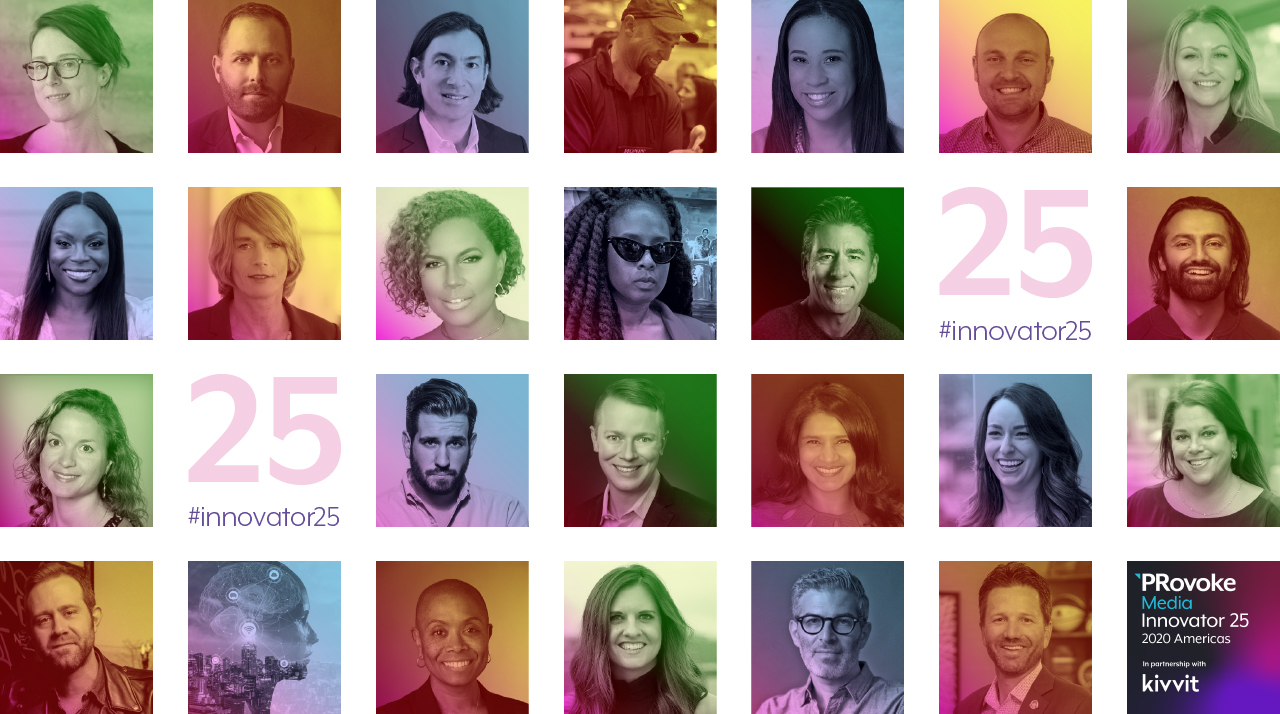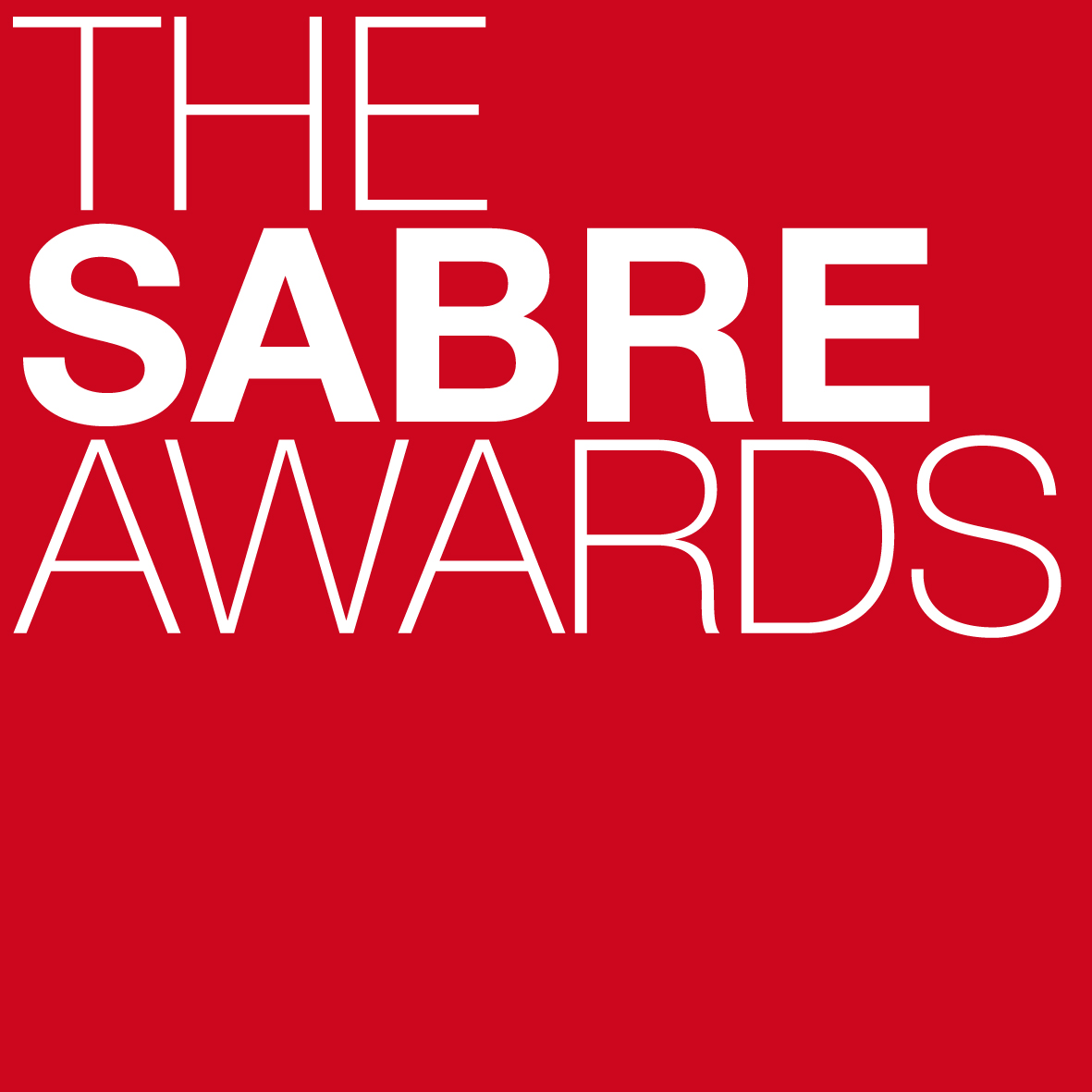
Zach Silber
Chief Innovation Officer
Kivvit
New York
“Digital insights may not be the first thing you think of in terms of DEI initiatives, but my experience this year taught me how relevant expertise and resources can come from any corner of organization and that it falls on all leaders to drive action.”
Zach Silber is Chief Innovation Officer of Kivvit, PRovoke Media’s 2020 Digital Agency of the Year for North America. As a testament to just how innovative Kivvit is, the agency nabbed the coveted award on the year it debuted on our Agency of the Year shortlist. As CIO, Silber leads the Kivvit Insights practice – an award-winning team of technologists and data strategists responsible for building the Agency of the Future by integrating cutting-edge data and analytics throughout the firm’s work.
In 2020, PRovoke Media recognized Silber's leadership as helping Kivvit build "a future-facing operation driven by the most comprehensive suite of data and analytics tools and the best proprietary technology in the category." Zach’s data-driven work won the 2020 Diamond SABRE Award for Superior Achievement in Research and Planning.
Where is the most urgent need for innovation within the PR/communications industry? Data storytelling. Innovation requires left brain and right brain thinking, but the proliferation of available data makes it very easy to “data dump,” or present data for the sake of data. We are so awash in competing sources of information that making your case effectively is contingent on how well you tell the story behind the data – how you arrived at an insight and why it is worthy of acting on. Accelerating data storytelling as a skillset in our industry will mean more impactful and creative applications of data, and ultimately more innovation.
How would you describe the communications/PR industry's level of innovation compared to other marketing disciplines?
More innovative then other marketing disciplines
How have the events of 2020 impacted the the industry's innovation?
More innovative. The sheer volume and pace of events this year created an imperative for real-time insights to make sense of the changing landscape. Combined with a record surge in online news consumption, 2020 has been a uniquely data-rich environment for PR innovators to identify trends and reach audiences engaging with digital platforms. At the same time, 2020 has created pivotal moments where all businesses have been forced to decide what’s important to them. More so than in normal times, a business’ top priorities are reflected in how it chooses to adapt and invest resources. We have been fortunate at Kivvit this year that scaling our innovation practice continues to be a priority and remains one of our critical drivers of growth and competitive advantage.
Where is the PR industry's greatest opportunity for taking the lead on innovation?
Integrated marketing
What is the ideal working scenario for innovation?
Taking a page out of the Innovator’s Dilemma, I’ve found the most important working scenario for innovators is to be surrounded by a team of people whose jobs are dedicated to innovation. It is too easy for innovation to get lost in the churn of day-to-day work. For a company to truly excel at discovering new approaches and creating new products, you need professionals dedicated to thinking through ideas and execution full-time. As a people-centric industry, PR should be inherently nimble to evolve quickly – we don’t have to be bogged down by assembly lines or supply chains – but because we are people-centric, achieving results requires having the right structure to give innovators the space to think beyond their inbox.
Has 2020 changed the way you define/approach innovation? How?
The uncertainty of 2020 has forced everyone to rely less on gut instinct and to ask “well, what does the data say?” As a result, I’ve found the definition of innovation has expanded in 2020 to encompass a wide range of situations and applications. Our innovation team is regularly asked to advise on every aspect of a campaign, spanning research, creative storytelling, strategy and tactics, and performance measurement.
What is the most innovative comms/marketing initiative you've seen this year?
I have to give credit to vendors and partners whose unique data helped us undertake some of our most innovative initiatives this year. When NewsWhip launched its daily COVID-19 briefings early in the pandemic to identify what stories were trending at a time of true information overload, we were inspired to launch a newsletter product called “What’s Breaking Through Today?” which zeroed in on our clients’ specific issues, markets, and industries and helped separate the most relevant, attention-getting stories from the crush of COVID coverage.
Kivvit collaborated with NJ.com, the largest online news source in New Jersey, to analyze readership trends and behavior during the pandemic. We produced an op-ed titled “How New Jersey is reading news and what it says about us” which was a terrific example of data storytelling, but the process also illuminated several tactical insights we were able to apply in campaigns to reach people based on their consumption behavior during the stay-at-home period. For example, above-average rates of mobile device usage and search engine traffic reinforced the importance of mobile optimization and search engine marketing.
What is the most important lesson you've learned this year?
It is okay to throw out the playbook and start over. In fact, being innovative this year demanded it. Like many people, I had of lots of plans about how this year would go for my team – we had goals, strategies, and ideas we spent a good deal of time thinking through and were very excited about. At first, I felt compelled to contort the old playbook and still try to make it work. But I eventually realized that with the world turned upside down, we had to turn with it and that meant starting from scratch and not being beholden to a playbook that was based on the very different reality of just seven months ago.
Describe a moment in your career that you would consider innovative.
My first client ever was a law school in the midst of existential crisis – the school was down 30% in applications year-over-year and its U.S. News ranking had plummeted more than 20 spots. We were called in during early December — so right before the holiday season which would be make-or-break for getting admissions back on track. We had about two weeks to put together a plan.
As an innovation geek, I truly think the best medicine for my anxiety is collecting all the data I can gather. In this case, we devised a two-week data discovery sprint during which we conducted A/B testing, held focus groups, and even tapped a member of our finance team who was an Excel wizard to help us sift through 5-years of admissions data to identify trends and build audience segments. I also reached out to personal friends of mine who had gone to the school and asked them for input and to be in our ads. All in two weeks.
Now I went to business school, not law school, so I didn’t have any context before I parachuted in, so I needed these inputs to inform our strategy. Ultimately, our data-driven approach revolutionized the school’s admissions process and, eight weeks later, we could show the trajectory of how we measurably improved their admissions flow and attracted high-quality students from target feeder schools. The admissions cycle ended on a positive note. At our recap meeting, the dean of the school applauded us.
The experience taught me the power of data and innovative thinking in navigating incredibly high-pressure, challenging situations. Our approach has since become a playbook that has propelled Kivvit’s rise as one of the largest higher education firms in the U.S. Today we are beating out agencies that work exclusively in education in large part because our innovative data-driven approach drew on our mastery of public affairs campaigns.
Any habit/activity that you have added to your life during Covid-19 that you hope to carry with you when the pandemic subsides?
During stay at home, I gave myself a clean slate to reconstruct my media diet to spend less time aimlessly scrolling Twitter and instead being more deliberate about tuning into a specific but diverse array of sources and mediums that advance my professional interests and personal passions.
I read everything by Sara Fischer, Axios’ intrepid Media Reporter. I also subscribed to two Substack newsletters: A Media Operator by Josh Sternberg and Simon Owen’s Media and Tech Newsletter. I listen to the Digiday Podcast with Brian Morrisey every week. I also pay attention to Founder’s Journal, the daily podcast of Morning Brew co-founder Alex Liberman, which provides very practical, crisp business lessons. I also signed-up for text news alerts from several outlets via Subtext, which is run by Advance Alpha Group’s Mike Donoghue and has really expanded the number of publications sending news by text.
I can say this regimen has made me smarter, more innovative, and better at my job.
How can the PR industry make real progress in diversity, inclusion and equity? What is the biggest roadblock standing in the way?
Speaking from my own experience this year, I believe there is an imperative for every leader, regardless of your “portfolio,” to commit to creating positive change. As the “innovation” guy I did not fully appreciate at first how the data tools at my disposal could be put into action. Once that became clear, we undertook a comprehensive insights study about the Black Lives Matter movement and the unprecedented surge of activity taking place online. We identified drivers of engagement, how the coalition has expanded, and where progress still needs to be made. Digital insights may not be the first thing you think of in terms of DEI initiatives, but my experience this year taught me how relevant expertise and resources can come from any corner of organization and that it falls on all leaders to drive action.
What are you thinking about most these days?
I ran the publishing side of a digital news start-up, so when advising on public affairs campaigns I often think about how to leverage a media company’s data strengths to drive strategy – e.g. insights about readership, traffic sources, consumption behaviors, etc. I have been outspoken about the convergence of agencies and publishers and believe these sectors can leverage one another even more, particularly as technological changes – such as increased reliance on first party data – force greater collaboration.
Bold prediction for 2021
The agency-publisher convergence will accelerate.



 Podcasts
Podcasts Videos
Videos Profiles & Interviews
Profiles & Interviews Crisis Review
Crisis Review Coronavirus
Coronavirus Trend Forecasts
Trend Forecasts Social & Digital
Social & Digital Technology
Technology Consumer
Consumer Employee Engagement
Employee Engagement Sports Marketing
Sports Marketing  Global PR Agency Rankings
Global PR Agency Rankings Agencies of the Year
Agencies of the Year Innovator 25
Innovator 25 Creativity in PR
Creativity in PR Asia-Pacific Communication Index
Asia-Pacific Communication Index SABRE Awards
SABRE Awards PRovokeSummit Global
PRovokeSummit Global PRovoke Media Regional Series
PRovoke Media Regional Series Agencies of the Year
Agencies of the Year Roundtables
Roundtables Agency Playbook
Agency Playbook.jpg) All Jobs
All Jobs







